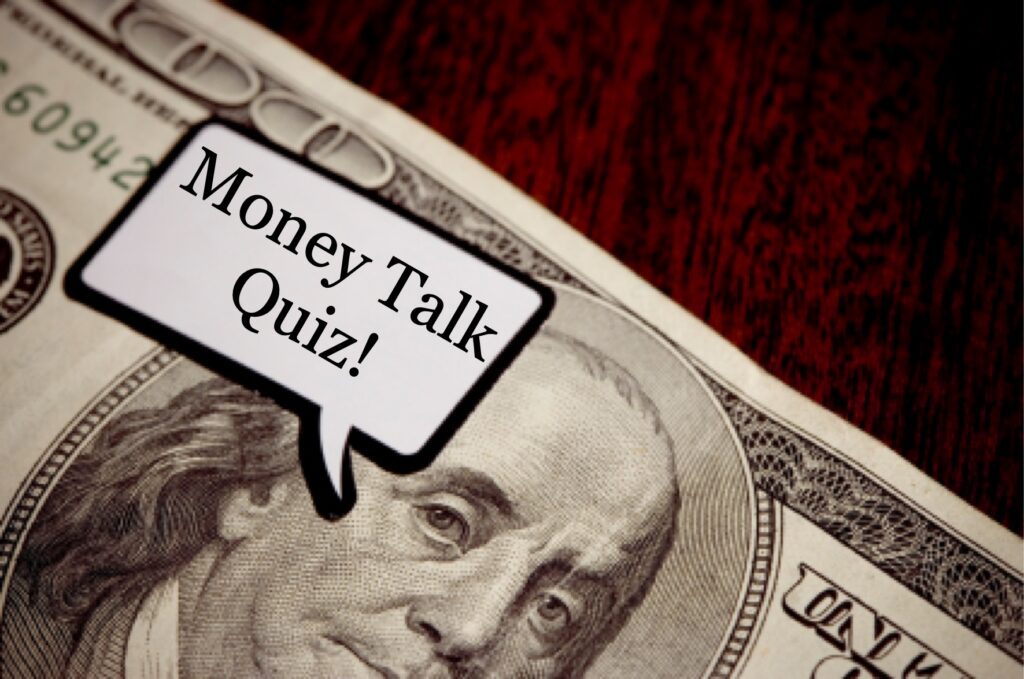
Each week in the Money Talk Podcast, Landaas & Company advisors offer insights for long-term investors. Try to answer the following questions, based on some of those recent conversations.
1.
In the Sept 6. Money Talk Podcast, Kendall Bauer advised long-term investors to not let bad months in the market overshadow overall progress in their portfolios. Historically speaking, what month did Kendall warn was an exceptionally trying month for stock prices?
(Choose one.)
- August
- September
- October
- May
(See answer below.)
2.
The Federal Reserve has begun cutting interest rates after more than two years of elevating them to squelch high inflation. As Steve Giles explained in the Sept. 13 Money Talk Podcast, what should bond holders expect as interest rates decrease?
(Choose one.)
- Bond values will increase
- Bond values will decrease
- Bond values will stabilize
- Bond values will become more volatile
(See answer below.)
3.
In a Sept. 13 Money Talk Podcast discussion about the broadening of stocks fueling overall market gains, which style of stock did Dave Sandstrom suggest investors should be sure to have in their portfolios?
(Choose one.)
- Small-cap
- Growth
- Large-cap
- Value
(See answer below.)
4.
In the Sept. 20 Money Talk Podcast, John Sandstrom spoke of the Federal Reserve’s news conference following a 50-point cut in interest rates. How did John describe the Fed chairman’s characterization of the cut?
(Choose one.)
- Show of confidence
- Warning of turbulence
- Act of desperation
- Preventative measure
(See answer below.)
5.
In the Sept. 20 Money Talk Podcast, Art Rothschild said he thought the Fed’s historic rate cut would have what effect on the U.S. economy?
(Choose one.)
- Send it into recession
- Weaken its recession
- Extend its recession
- Boost it
(See answer below.)
6.
As Adam Baley explained in the Sept. 27 Money Talk Podcast, there tends to be a lag between when the Federal Reserve changes interest rates and when it’s evident in the economy. How long did Adam say it typically takes for the Fed’s action to take effect?
(Choose one.)
- Three to six months
- Six to 12 months
- 12 to 18 months
- 18 to 24 months
(See answer below.)
Answers
1.
b. September
Learn more
Retirees: How to handle stock sell-offs, a Money Talk Video with Dave Sandstrom
Why investments outperform their investors, a Money Talk Video with Kyle Tetting
For What It’s Worth: Sell in May
2.
a. Bond values will increase
Learn more
Inverse Relation Between Interest Rates and Bond Prices, from Investopedia
The Fed: What investors should know, a Money Talk Video with Dave Sandstrom
Time has come, Fed pivots focus, by Kyle Tetting
3.
d. Value
Learn more
Why dividends matter to investors, a Money Talk Video with Adam Baley
The shifting values of growth and value, a Money Talk Video with Paige Radke
4.
a. Show of confidence.
Learn more
Transcript of Chair Powell’s Press Conference September 18, 2024, from the Federal Reserve
Time has come, Fed pivots focus, by Kyle Tetting
5.
d. Boost it
Learn more
The Fed: What investors should know, a Money Talk Video with Dave Sandstrom
Investors and the business cycle, a Money Talk Video with Dave Sandstrom
No recession yet, the White House says, by Joel Dresang (2022)
6.
c. 12 to 18 months
Learn more
Examining Long and Variable Lags in Monetary Policy, from the Federal Reserve Bank of St. Louis
The Fed: What investors should know, a Money Talk Video with Dave Sandstrom
Time has come, Fed pivots focus, by Kyle Tetting